Context
This article describes custom callback creation steps.
Procedure
- Click on the Device type tab.
- Click on the name of the Device type that you want to create your callback for.
- Click on Callbacks on the left-hand side menu.
- Click on the New button, located on the upper-right part of the screen.
- Choose Custom Callback.
- Set your Custom Callback.
Custom callback configuration
Type
Choose the desired type within the drop-down menu.
- DATA / UPLINK: to deliver uplink messages to a customer platform.
- DATA / BIDIR: same as DATA/UPLINK type, including downlink payload processing from the customer platform.
- ERROR: to ease the troubleshooting in case of communication failure.
- SERVICE: to enable additional services.
- STATUS: device battery and temperature information
- ACKNOWLEDGE: to retrieve the network acknowledgement confirming the downlink message transmission.
- REPEATER: service messages (battery, number of repeated messages,…) from repeater devices.
- DATA_ADVANCED: Some variables are computed over the different BS which received the messages and thus this callback is delayed by approximately 30s. The list of available variables is displayed on the backend upon creation.
Send duplicate feature
Related to the deprecation of MetaData in the DATA callbacks, a warning is added when editing or creating a callback:
The feature send duplicate and the following information: snr, station, avgSnr, lat, lng, rssi, will not be available anymore for customers in the DATA callback feature from the first of April 2020.
Please contact your Sigfox Operator in order to answer this service continuity.
Channel
Choose the communication means.
- URL: to push the data to a single URL destination.
- BATCH_URL: This option pushes the data transmitted by devices within a 1 second time period.
- EMAIL: to get the callback data in your email address.
Custom payload configuration
This option allows the user to decode the payload within the Backend GUI. For more information, please click on the question mark icon.
URL pattern
Define the HTTP request to be pushed to your server, including available variables. An example is displayed in the GUI.
Displaying a specific port is supported for the URL channel, as follows:
https://my_server_address.com:port_number/path
HTTP method
Three HTTP methods can be used:
- GET
- POST
- PUT
SSL/TLS configuration
It is highly recommended to enable the Server Name Indication (SNI) to specify the target domain at the beginning of the SSL/TLS handshake process. As this option is transparent if TLS is not used (regular HTTP URLs), you should let this option checked unless very specific cases.
SNI
Note that SNI option is enabled by default when a callback is created.
